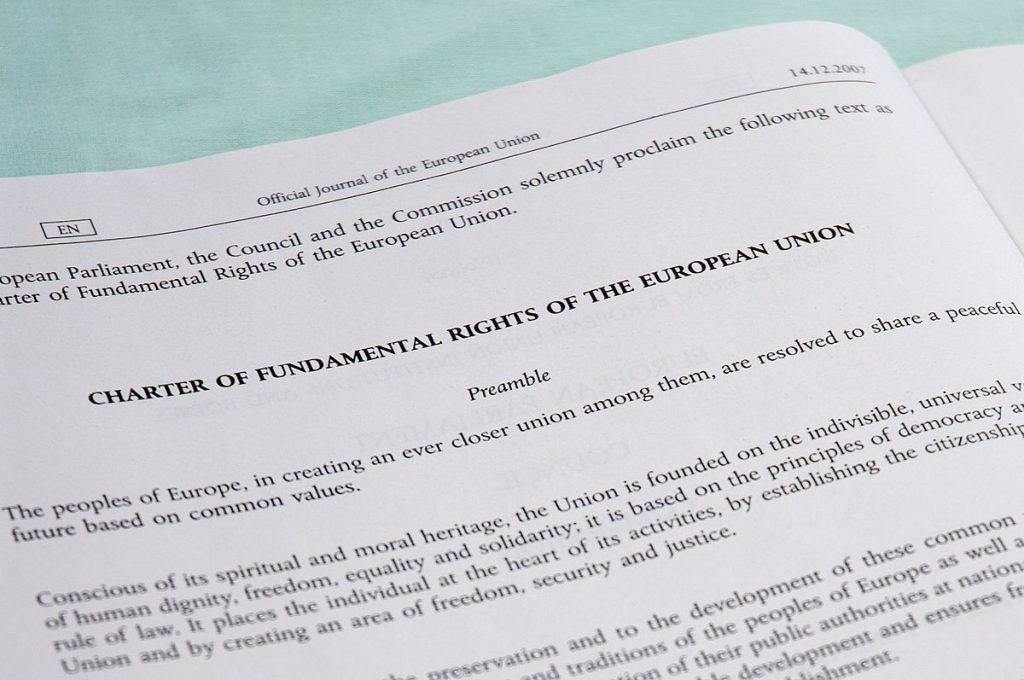3. The EU’s powers and their limits
I. The nature and competences of the Union
The Reform Treaty highlights the unique relationship that exists between the Union and the Member States and
defines the scope and limits of the Union’s powers more clearly than before.
The Union will not become a state. It will retain its intergovernmental character.
The Treaty makes it clear that the Union only has those powers that have been conferred upon it by the Member
States as indicated in the EU Treaties. All other powers remain with the Member States. In other words, the EU
does not have any power in its own right, but derives its powers from the Member States.
“… competences not conferred upon the Union in the Treaties remain with the Member States.”
Art 1.5 Reform Treaty
The Union is also required to respect the principle of subsidiarity which means that decisions should, if possible, be taken at local, regional or national level. As already mentioned, National Parliaments are given the role of overseeing the application of this vital EU principle.
The Treaty also requires that action by the Union may not exceed what is necessary to achieve the objectives of the
Treaties.
The Treaty sets out three categories of EU competence:
- exclusive competence where the Union has the sole right to act (for example, monetary policy for the euro);
- areas where competence is shared between the Union and the Member States (for example, agriculture and energy policy);
- and areas in which the Union may only take supporting
or coordinating action (for example, sport, culture and education).
II. Future amendments to the EU Treaties
Under the Reform Treaty, there are a number of ways in which future changes can be made to the EU Treaties.
The ordinary procedure involves the holding of an inter- Governmental Conference to agree any Treaty changes. (This is sometimes preceded by a Convention, in the case of major amendments to the Treaties.)
There is also a simplified procedure for Treaty changes that do not alter the Union’s powers. This procedure requires a unanimous decision by the European Council.
The Treaty makes it clear that, in both of these cases, the proposed changes would have to be ratified in accordance
with the constitutional requirements of each Member State.
III. Moving areas to majority voting
There is also provision in the Treaty for moving some policy areas from unanimity to majority voting in the Council or European Council or for extending the powers of the European Parliament to “co-decide” matters with the Council.
In these cases, any national parliament could block such a move. It would also require a unanimous decision of the European Council (with each national Government having a veto) and the consent of the European Parliament. This provides a very effective “double lock”. No new powers may be conferred on the Union under this provision. The Treaty specifically states that this arrangement does not apply to matters with military or defence implications.
“ The European Council …
